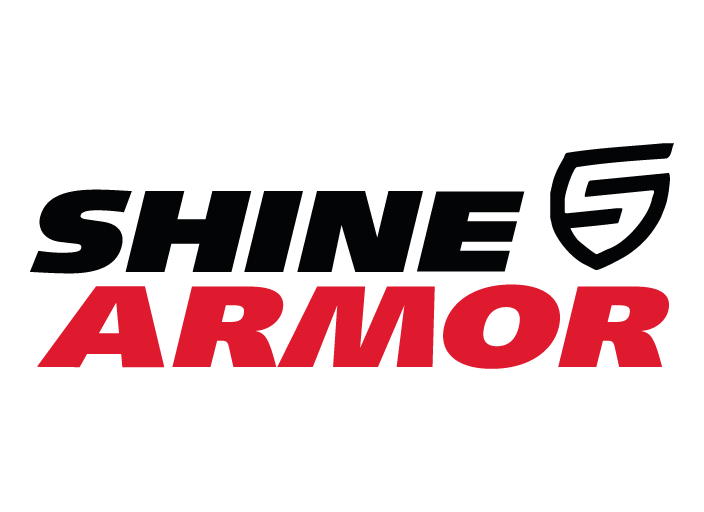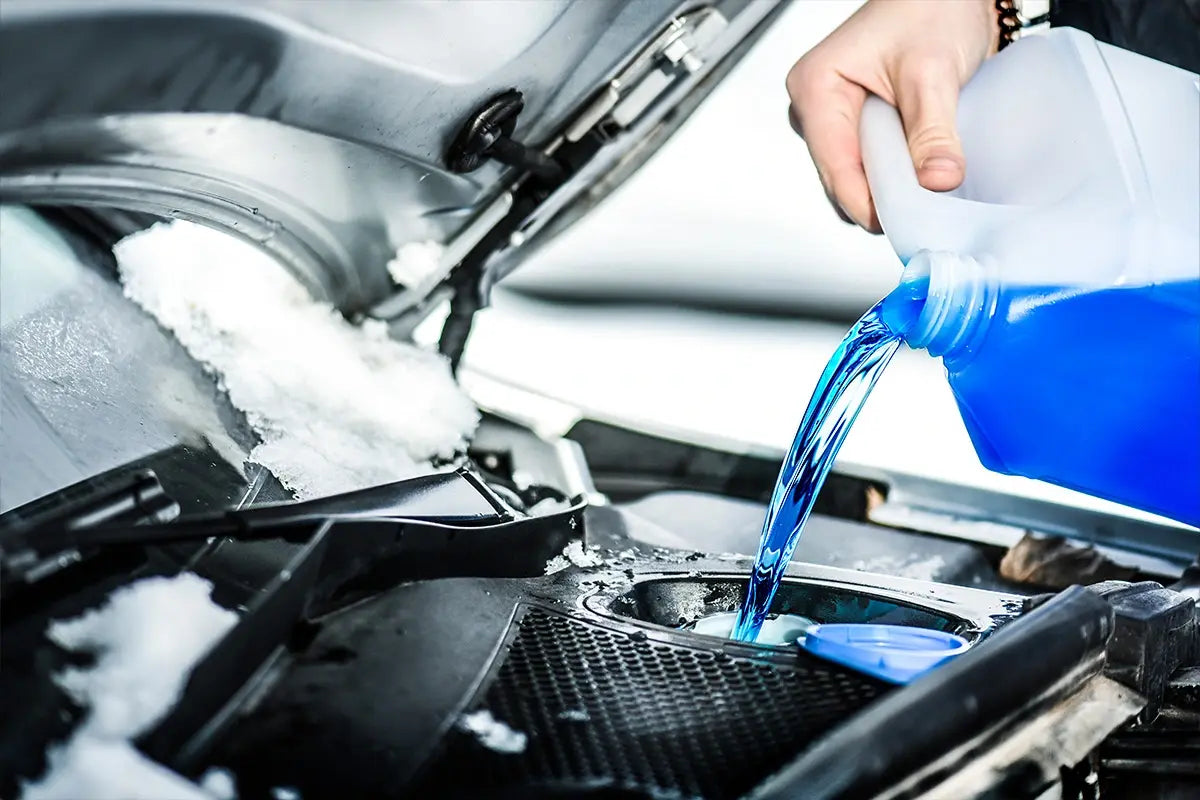Home > Detailing
Are You Guilty Of These 3 Deadly Mistakes When Choosing A Ceramic Coating For Your Car?
Published by Mark Peter on August 29, 2019
Newcomer or experienced user, it’s no secret, there are a whole lot of options for ceramic coatings to take care of your car out there, sometimes looking like they’re all the same. We’ve all heard fancy terms and mumbo-jumbo just for the sake of making it different and interesting, and the same goes for the products image and presentation.
It’s easy to see how often some of these products are just a different take on the same concept. At this point, most people may believe that all ceramic coatings are created equal – but they’re not.
We’ll be honest – this industry is very saturated. The available options are countless right now, and having all of these coatings on the market can make choosing one pretty difficult.
That’s why If you’ve already made up your mind, and choose to coat your vehicle as the right treatment to take care of it, your next step is to choose the best coating.
First of all, choosing a ceramic coating for your car shouldn’t be a quick impulse buy…
Unless you care that little for your money!
You need to do your research if you want to get the best for your car. Aside from a cheap coating potentially causing damage to your paint, it’s also quite possible that it won’t live up to what it advertises or last as long as it claims to.
Why would you try to avoid a bad product choice?
Well, if the coating fails prematurely, you’ll end up having to get a paint correction job before you apply another coating. This is a right on the first try thing.
To help you out on this important decision, we’ve exposed 3 deadly mistakes you could be making when choosing your product. We hope it’ll give you some tips on what to watch out for and what to avoid.
Let’s break down some facts when it comes to these coatings.
Relying on 9H Rated Coatings
There are hundreds of products claiming to be 9H approved, claiming to be the strongest kind of coating there is. This has to be the biggest marketing term in the ceramic coating industry, yet it means nothing. It refers to the pencil hardness test.
This test is used to determine the hardness of a coating through the use of pencils (you could consider it a method of quality control in manufacturing.) It consists on comparing pencils to see which ones will cause scratches on a coated surface. The scratches are equivalente to the hardness.
Yeah, that simple!
It makes sense that companies chose 9H, since it’s the maximum number allowable on the scale. Ceramic coating manufacturers have took this test as a way of taking their products to the maximum. They’re able to produce a 9H result by applying their coating to a paintless sheet of steel. This is not an accurate display of performance because ceramic coatings behave differently depending on the surface they’re applied to.
So if a ceramic coating manages to remain scratch-free on a sheet of naked steel, does it mean it’s as hard as a 9H pencil? Nope. It actually means nothing.
Bottom line, if your paint was designed to be that hard, it would have cracked, but car paint is designed to cope with environmental changes and cannot work nor behave like that.
The Years A Coating Should Last
This one gets tricky since people’s use of their cars is really varied.
Most cars (especially daily drivers) are bound to develop scratches from the environment, daily use scratches, and even really constant washing. No matter if your car is coated or not, it’s going to happen eventually.
It might take up to 5 years for scratches to become noticeable on a really well cared for car. But if you decide it’s time for a paint correction at that point, then what good is a coating that is rated to last 10 years? It has to come off for the scratches to be repaired regardless…
There’s a majority of products that overpromise the idea of never having to worry about new scratches and repairs, and you have to know right here and right now that they are just lying straight to your face. No more, no less.
On the other hand, coatings tend to have darkening agents in them (that’s what adds extra gloss) and the difference can be noticeable depending on the lighting. Fixing scratches properly on ceramic coated cars requires the entire panel to be redone. So again, if they tell you their product is going to take care of those, they are lying straight to your face.
How The Coating Acts With Water
Some ceramic coatings are known for being extremely hydrophobic. Tight, fancy looking water beads might be one of the biggest things that sell coatings, but are they actually a good thing?
It depends. If its hydrophobic properties aren’t strong enough, when rain falls on a ceramic coated car, the water will form into beads but stay on the surface. Then when the sun comes out, each bead will become a mini magnifying glass that burns any minerals and deposits in the water onto the paint.
So the reason water spots have become a problem with ceramic coatings is actually because of their fancy water beading characteristics. We’ve been told beading is a good thing, but the reality is that it’s actually what causes water spots.
That’s how important it is to make sure that when a product claims to be hydrophobic, it actually is.
And that’s it for making things clear when looking for your own trustworthy ceramic coating for the sake of avoiding lies.
We hope you know what you’re after now, but if you’re still wondering which way to go, we will gladly help you get the best among the best.
Our most trusted and recommended Si02 DIY NanoTech Ceramic Coating of choice is Shine Armor’s Fortify Quick Coat!





